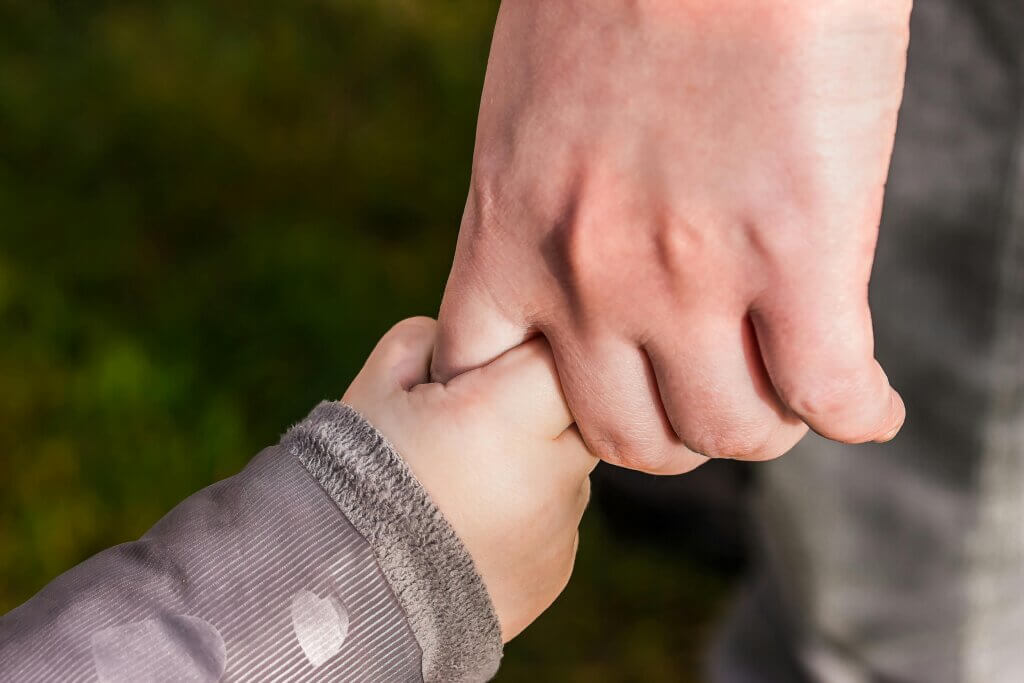Last month, I celebrated eight years of being a parent. Eight years of stepping on LEGO bricks, negotiating over broccoli, and wondering how a small person can have such big feelings.
People say parenting is a joy. And yes, it has its joyful moments, but if we’re honest, that’s not the full picture. It’s messy, humbling, hilarious, exhausting, and above all, it’s the steepest learning curve I’ve ever been on.
As a communication professional who is into behaviour change, I can confidently say this: nothing has taught me more about human behaviour than raising a child.
I’ve always been interested in how we tick. I still remember the first time I read about brain science in a Newsweek magazine. I was hooked. That early fascination with how the brain works eventually led me into journalism, communication and behavioural science. But it wasn’t until I became a parent that those theories started playing out in real life, loudly, emotionally, and sometimes with ketchup in someone’s hair.
So, in celebration of my eighth year as a parent, here are the top four behaviour change lessons my child has taught me. Lessons I now apply just as often in the workplace as I do at home.

1. Connection before correction
When my son is mid-meltdown, logic doesn’t land. I could give a lecture on emotional regulation, complete with diagrams and citations but it still wouldn’t register. What works? Sitting down at eye level and saying, “That was a hard moment, huh?”
Only after he feels heard can we talk about what happened.
Same goes for adults. In communication, especially around change, we often rush to correct behaviour without building connection first.
Connection creates psychological safety, and that safety is a precondition for behaviour change.
If people don’t feel emotionally secure where they are able to speak up, express discomfort, or admit uncertainty, they disengage. Research shows that environments high in psychological safety support greater learning, collaboration, and engagement with new behaviours (Kim et al., 2020).
If people don’t feel seen or psychologically safe, they won’t engage. No matter how well-crafted the message is.
2. All emotions are okay, but not all behaviour
One of the key things I teach my child is that feelings are valid but not all actions are. It’s okay to be angry. It’s not okay to throw spaghetti at someone’s head.
This applies to the workplace too. When people resist change, they’re often not being “difficult”. They’re reacting to uncertainty, discomfort, or fear. If we ignore these emotional responses and jump straight to technical fixes, we’re missing a critical piece of the puzzle.
According to the COM-B model, people need psychological capability to behave differently. That includes emotional awareness, self-regulation, and social understanding (Barker, Atkins, & de Lusignan, 2016). Emotions aren’t the enemy. They’re information. And our job, as communicators, is to acknowledge them while still guiding behaviour.
What is COM-B?
Behavioural science offers many models, but one of the most practical and widely used is the COM-B model. Developed by Michie, van Stralen, and West (2011), it proposes that for any behaviour to happen, three elements must be present:
- Capability – the individual must have the skills or knowledge.
- Opportunity – the environment must allow or enable it.
- Motivation – the person must want or feel the need to do it.
These three elements interact to drive or block behaviour. And as I’ve discovered through parenting, they also show up everywhere in daily life, whether you’re dealing with toddlers or transformation projects.
3. It’s not a question of will, but a question of skill
This one hits close to home. Because I’ve lived it (and cleaned up after it).
Kids don’t act out to annoy you. More often than not, they just don’t know how to do something yet. Whether it’s managing big feelings, brushing teeth, or remembering to bring their water bottle, they want to do well. They just haven’t built the skill.
Adults are the same. People don’t resist change because they’re stubborn. They often lack the capability, the skills, tools, or practice, to carry out the desired behaviour (Michie et al., 2011).
So, if a behaviour isn’t happening, the question to ask is:
- Have we taught it clearly?
- Have we simplified it enough?
- Have we created room for people to practise and fail safely?
Capability isn’t about having the right attitude. It’s about having the right scaffolding.
4. Make it easy
Want my son to eat more fruit? Put it in a bowl on the table. Want him to put his shoes on? Don’t make him dig through a pile of laundry.
Adults aren’t that different. While we benefit from nudges, fewer roadblocks work like magic.
COM-B calls this Opportunity: the external factors that make a behaviour possible or impossible (Michie et al., 2011). If we want a behaviour to happen, we have to make it easier than the alternative.
- Want people to give feedback? Build it into the meeting agenda, not as an extra task.
- Want people to act sustainably? Set the default printer settings to double-sided and black and white.
Want people to recycle more? Don’t just tell them why it matters. Put the bins where they naturally pass by.
As Wood and Neal (2016) put it, people follow the path of least resistance. If we design for ease, we design for action.
In other words
After eight years of parenting and over two decades in communication, here’s what I know for sure:
Behaviour change isn’t about pushing harder. It’s about enabling smarter.
Or, if you’re a parent:
- Connect before you correct
- Emotions are fine, boundaries are better
- Skills need to be taught, not assumed
- Make the right thing the easy thing
The COM-B model offers a practical framework. But parenting? Parenting gives it teeth.
Because whether you’re working with a two-year-old or a team of two hundred, the principles are the same. People do what they’re able, allowed, and motivated to do.
And sometimes, the best training in human behaviour is holding a small hand and learning, every day, what really makes people tick.#
References
- Barker, F., Atkins, L., & de Lusignan, S. (2016). Applying the COM-B behaviour model and behaviour change wheel to develop an intervention to improve hearing-aid use in adult auditory rehabilitation. International Journal of Audiology, 55(S3), S90–S98.
- Kim, M., Kim, B. J., & Kim, M. J. (2020). How psychological safety affects team performance: mediating role of learning behaviour.
- Michie, S., van Stralen, M. M., & West, R. (2011). The behaviour change wheel: A new method for characterising and designing behaviour change interventions. Implementation Science, 6, 42.
- Wood, W., & Neal, D. T. (2016). Healthy through habit: Interventions for initiating & maintaining health behavior change. Behavioral Science & Policy, 2(1), 71–83.
